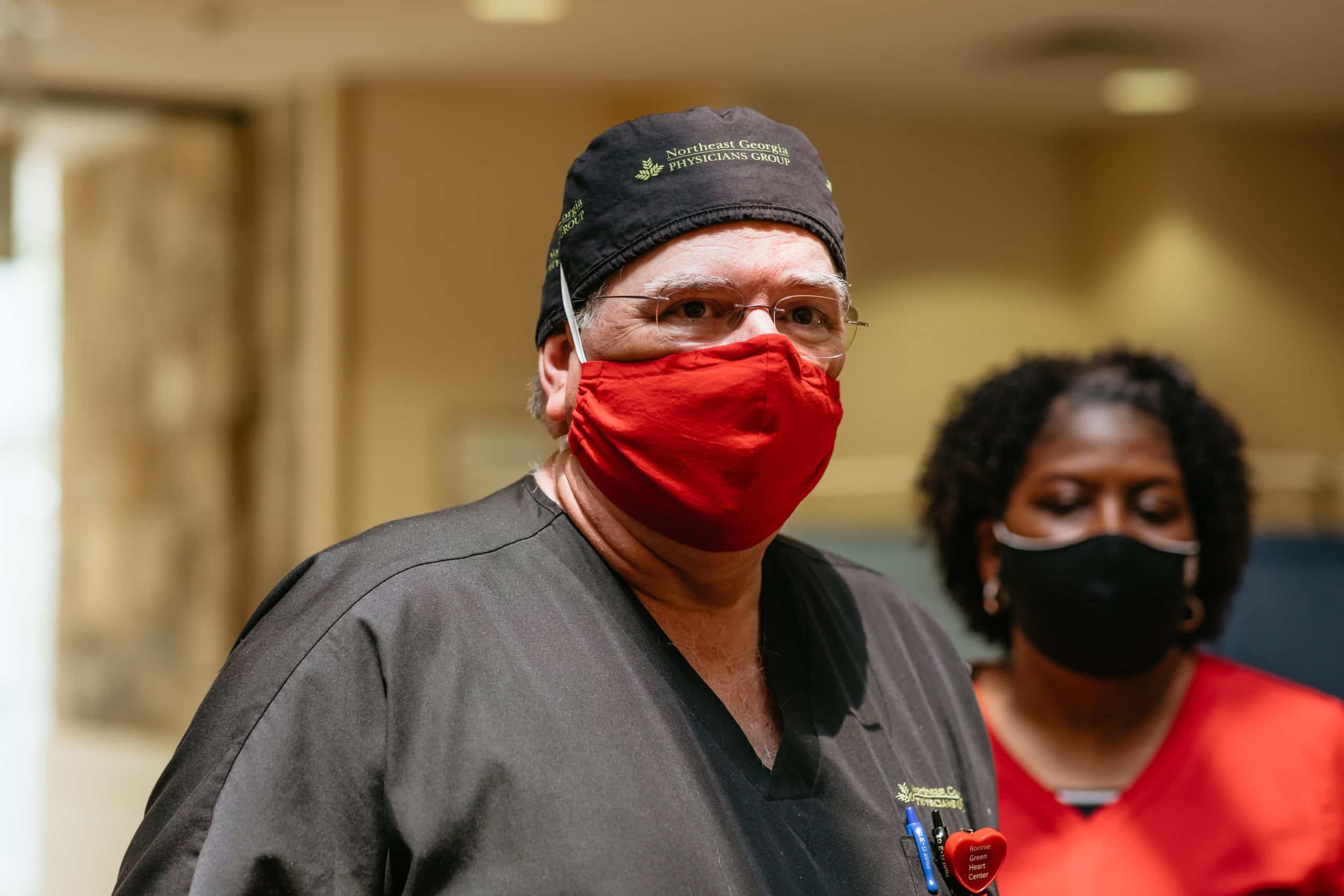You recently underwent a cardiac catheterization to give your cardiologist a good look at your heart. After the diagnostic procedure, you were told you need to have heart bypass surgery. What does that even mean?
You probably know someone who has had a heart bypass. It’s an incredibly common procedure—in fact, around 200,000 of these procedures are performed in the United States each year.
But even though the surgical procedure is common, most people don’t really understand what the procedure involves and how it works. Read on as our cardiothoracic experts break down all the details.
Who Needs a Heart Bypass?
A heart bypass, also called coronary artery bypass grafting, is recommended when blood vessels within the heart are severely blocked by plaque.
Many American adults have some level of plaque buildup in these essential blood vessels due to factors like a diet high in saturated fats and a sedentary lifestyle. In many cases, minor blockages can be fixed during the same cardiac catheterization procedure that’s used to get a look at the heart.
When minor blockages are seen, angioplasty may be used to push plaque to the side with a stent placed to keep the blood vessel open for blood flow.
But when blockages are more severe and blood flow to and from the heart is significantly impeded, a heart bypass is usually recommended. Taking this step is important since heart muscle deprived of blood will begin to die off, increasing the risk of severe health issues such as heart attack.
What Happens During Heart Bypass Surgery?
During a heart bypass, healthy blood vessels from somewhere else in the body—often veins from the lower leg or an artery from the wrist or chest—are placed into the heart and connected above and below a blocked artery. This “bypasses” the blocked artery, allowing blood to flow efficiently through the heart again.
Because the procedure involves grafting, it includes multiple steps and typically takes several hours to complete. During the procedure, the patient is usually placed on a heart/lung bypass machine, allowing these essential functions to be performed outside of the body while the heart is being worked on.
The first step is to harvest the blood vessel that will be used during the grafting process. It will be removed and prepared for placement in the heart. The patient’s sternum (or breastbone) will be split in two and the ribs will be spread and lifted, allowing the cardiothoracic surgeon access to the heart.
Once the surgeon has accessed the heart, the harvested blood vessel will be grafted into place, attached both and below the blocked blood vessel. Once the bypass is complete, the heart will be restarted, the rib cage will be moved back into place, and the sternum will be wired back together. This wire remains in the body to allow the sternum to heal over time.
What Does It Mean to Have a “Double Bypass”?
In many cases, patients undergoing a heart bypass have multiple blockages in the heart’s blood vessels. Because of that, your surgeon may need to create bypasses for more than one blood vessel.
Undergoing a “double bypass” means that you’re having two healthy blood vessels grafted into place in the heart. You can also undergo a “triple bypass” and a “quadruple bypass,” which means that three or four grafts were necessary.
Why Is It Called a CABG?
You may have heard your cardiologist or another medical provider call a heart bypass a cabbage and wondered why.
What you actually heard was a reference to the acronym for the procedure, CABG, which sounds like the vegetable we’re all familiar with. It stands for the full name for the procedure—coronary artery bypass grafting.
So, while you are encouraged to eat a lot of veggies as part of a heart-healthy diet following surgery, there are no vegetables involved in the actual procedure.
Next Steps
When you’re in need of cardiovascular or thoracic surgery, like a heart bypass, the cardiothoracic surgeons at Georgia Heart Institute are here to help. Our team can guide you through the entire process, from diagnosis to surgery and recovery.



